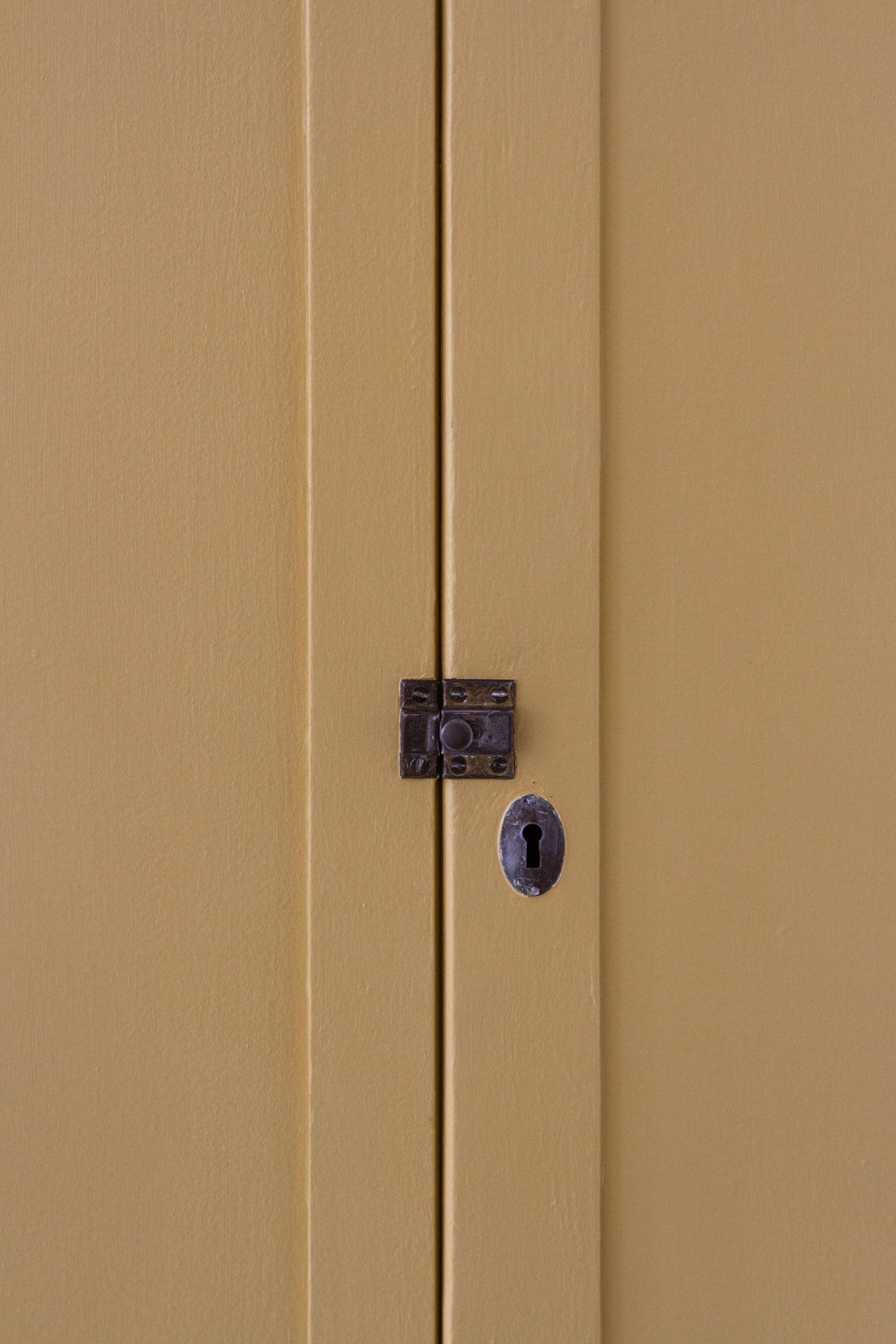
Most of the furniture in our apartment has come into our possession second, third, or unknowable numbers of hands ago. Most of that wasn’t bought restored or refurbished, but rescued from the curb on trash night, scooped up from tag sales, brought in from neighbors or taken in after abandonment by someone else. This is to say that most of the furniture we have is totally serviceable, not totally perfect.
We have one dresser with a top that lifts off convertible-style (not by design). We have cabinet doors that require a shoulder and a hip check to wedge them shut. We’ve lived with coats of paint where there shouldn’t be and no paint where there should be and mismatched finishes on lots of things. In case anyone has forgotten, everything on social media tends to appear slight better than it actually is, vintage and pre-loved furniture included. Still, with some effort and some time, we’ve been able to furnish our apartment with a collection of pieces that we like, that feel more or less in harmony with one another, and that have cost us very little at all in terms of actual dollars.
In the context of my work here and elsewhere, folks often ask questions about how I happen into these pieces. I’ve written about lots of this furniture individually (here’s a roundup of furniture project posts), but in case it’s helpful, here’s my best attempt at putting my own haphazard secondhand furniture acquisition strategy into words.
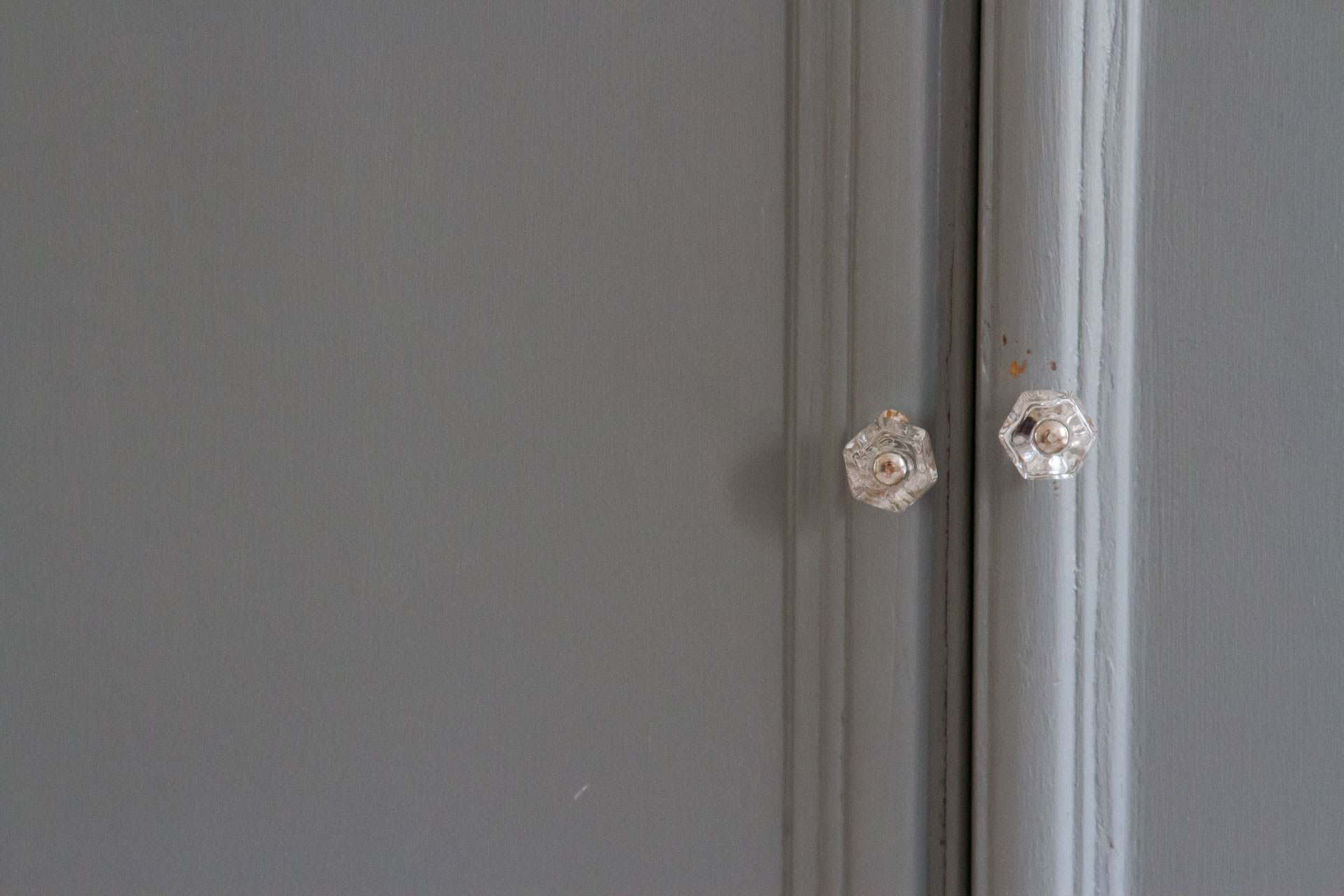
Welcome projects.
I try to always approach new pieces by acknowledging my own bandwidth for projects. Sometimes I see something lovely, and getting it to serviceable takes a lot of time or energy. Other times, I bring home pieces that are serviceable, but that will need some work to make them lovely. I find that as long as I commit to only bringing home furniture that *can* be fixed, then when the mood or inclination strikes, I eventually will. In January, I tackled both cosmetic and functional upgrades on the large wardrobe that we use as our coat closet. One hinge was snapped clear through and another was about to go, so I bought six new ones. The holes on the replacements—these self-closing steel hinges from Lee Valley Hardware—didn’t line up precisely with the holes on the originals, so I jiggered their location slightly and patched the old holes with spackle that I sanded and painted. I removed the paint previously covering the latch and key hole hardware. The hardware finish isn’t a perfect match but the difference is subtle enough to go unnoticed. Most importantly, every member of the family can now properly open and close the wardrobe door without an assist from a parent. The wardrobe was fine before and it’s better now and it took me more than a year to get to it.
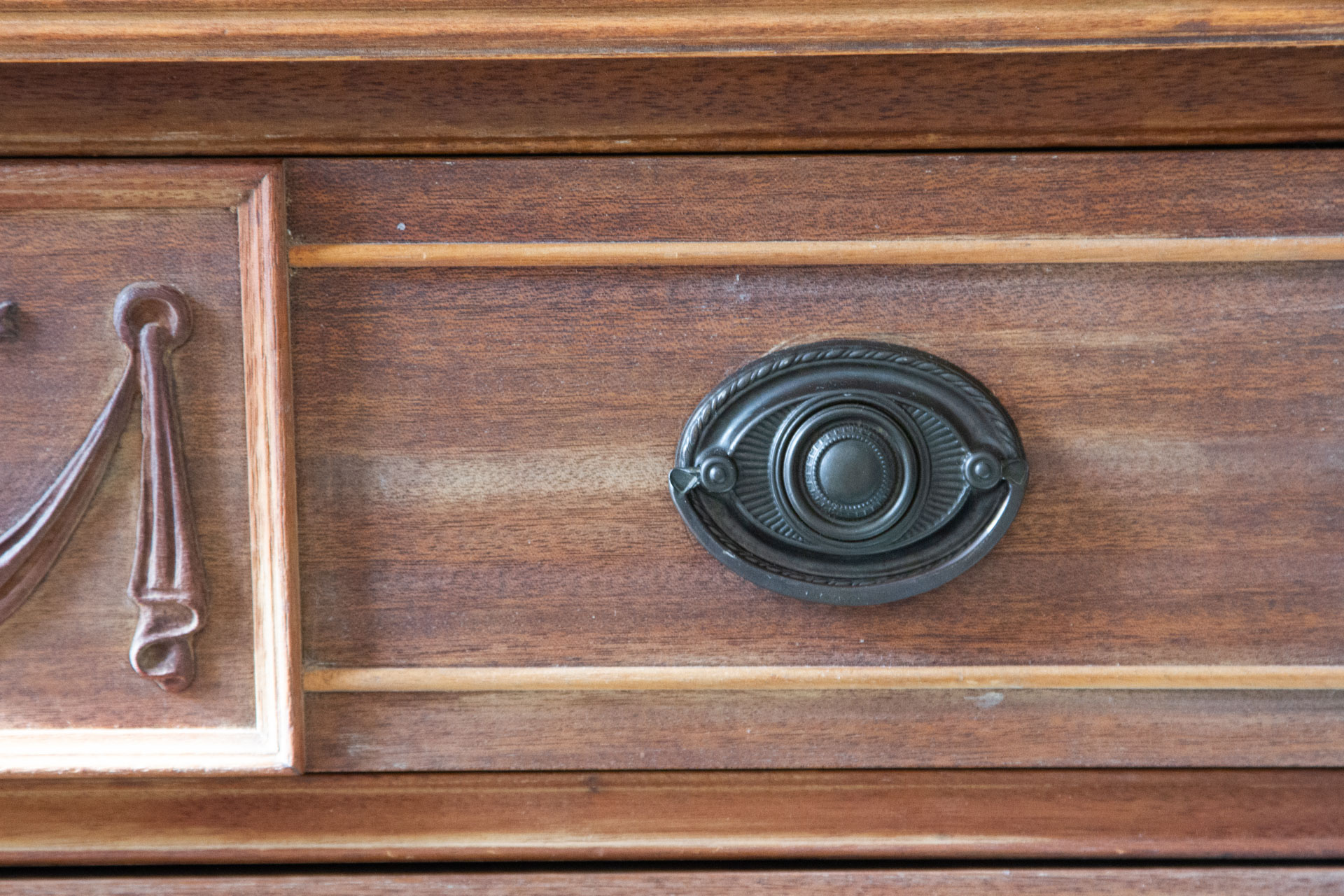
Don’t get too attached.
I’ve given away more furniture over the years than I can count. In the process of looking for the just-right thing, there’s a whole lot of experimentation and a whole lot of not-right things that have cycled through our apartments. I’ve lugged bookcases home blocks only to realize the fit wasn’t right. I’ve lived with something for years only to decide on a whim that I like something else better. I’ve adored certain things but decided to go for practicality instead. In the past few weeks we’ve welcomed a new twin bed into the kids’ room for Faye and bid adieu to Calder’s mini crib (another secondhand find). This week I’m parting with one beautiful old dresser and finishing up painting a less beautiful but currently more useful dresser. Without getting too sappy, because none of these pieces of furniture required significant (or any) financial investment, letting go of the old and welcoming the new feels like an exercise in embracing abundance. Years of bringing things home and letting them go again means I feel acutely aware of how much goodness there is circling around out there, if I’m just willing to wait a bit, work a bit, and part with things that aren’t right for me but that might be perfect for someone else.
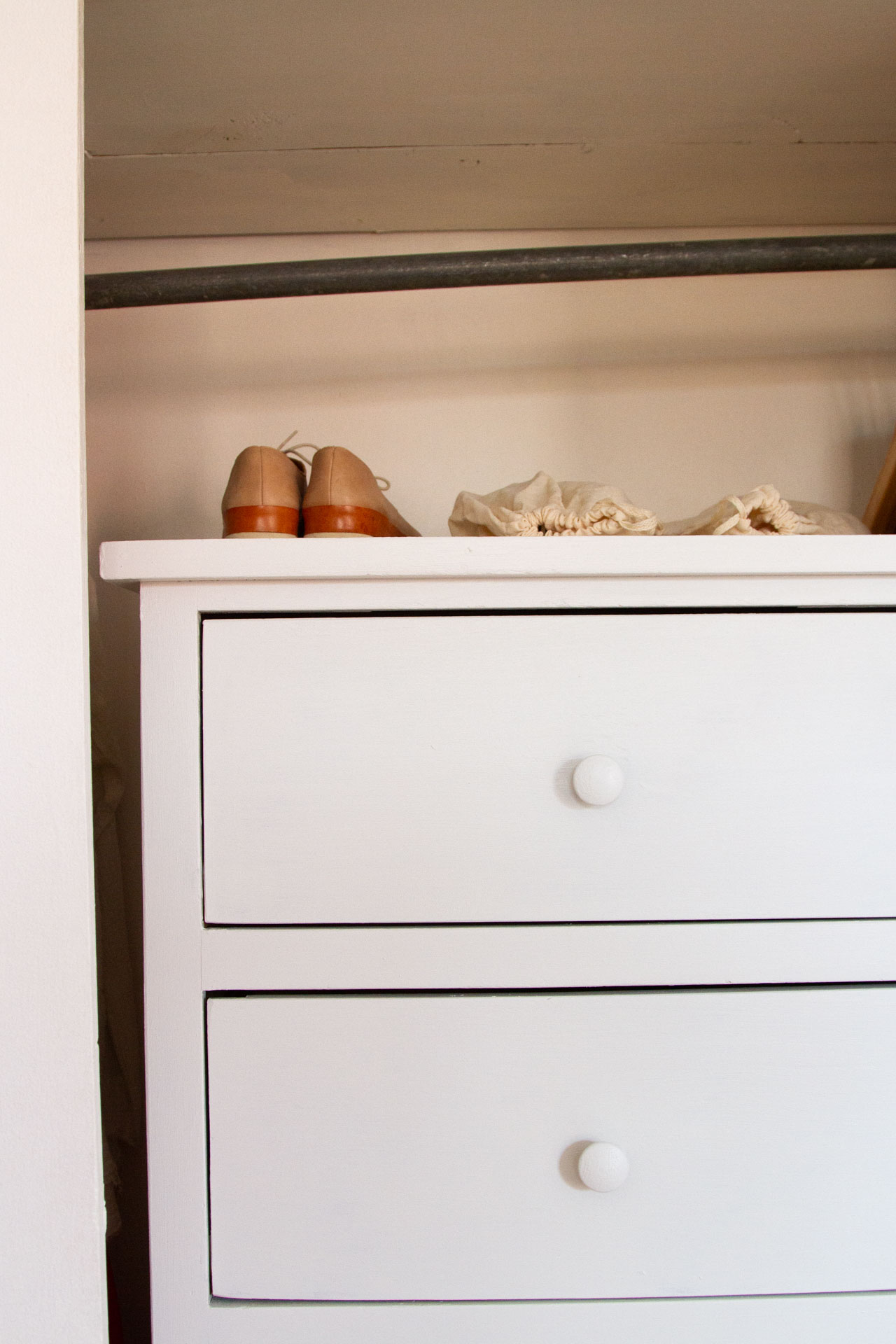
Look without looking.
There are lots of people out there who collect furniture with specificity in mind. This is not generally my approach. I’m furnishing my home more than I’m collecting for my home, so I try to keep a generally very open mind about what might work in a given space. I tend toward a certain general style, but it’s very rare that I get caught up on looking for a very specific item. For me, this approach is the least stressful and most rewarding. It also means that my searches can be fairly passive. Faye had been asking us about the possibility of a new twin bed for several months, and so James and I both kept an eye out. We mentioned it to friends and family. We scrolled our local listings. After a few attempts to bring home various beds for free, we eventually found one in the neighborhood for a very steep bargain and after some quality time with an old toothbrush and Sals’ Suds, it cleaned up just fine. Similarly, we’ve been hunting for a solution to our lack of a linen closet since moving into our apartment a year and a half ago. We’ve tried a few different solutions, but when we came across a narrow and tall dresser through Buy Nothing, we decided to try our luck at another. It needed a coat of paint (or three) to fit in with the rest of our place, but for now anyway, it’s working out well. I think treating furniture acquisition more like a game of good luck than a hunt makes it ultimately so much more enjoyable.
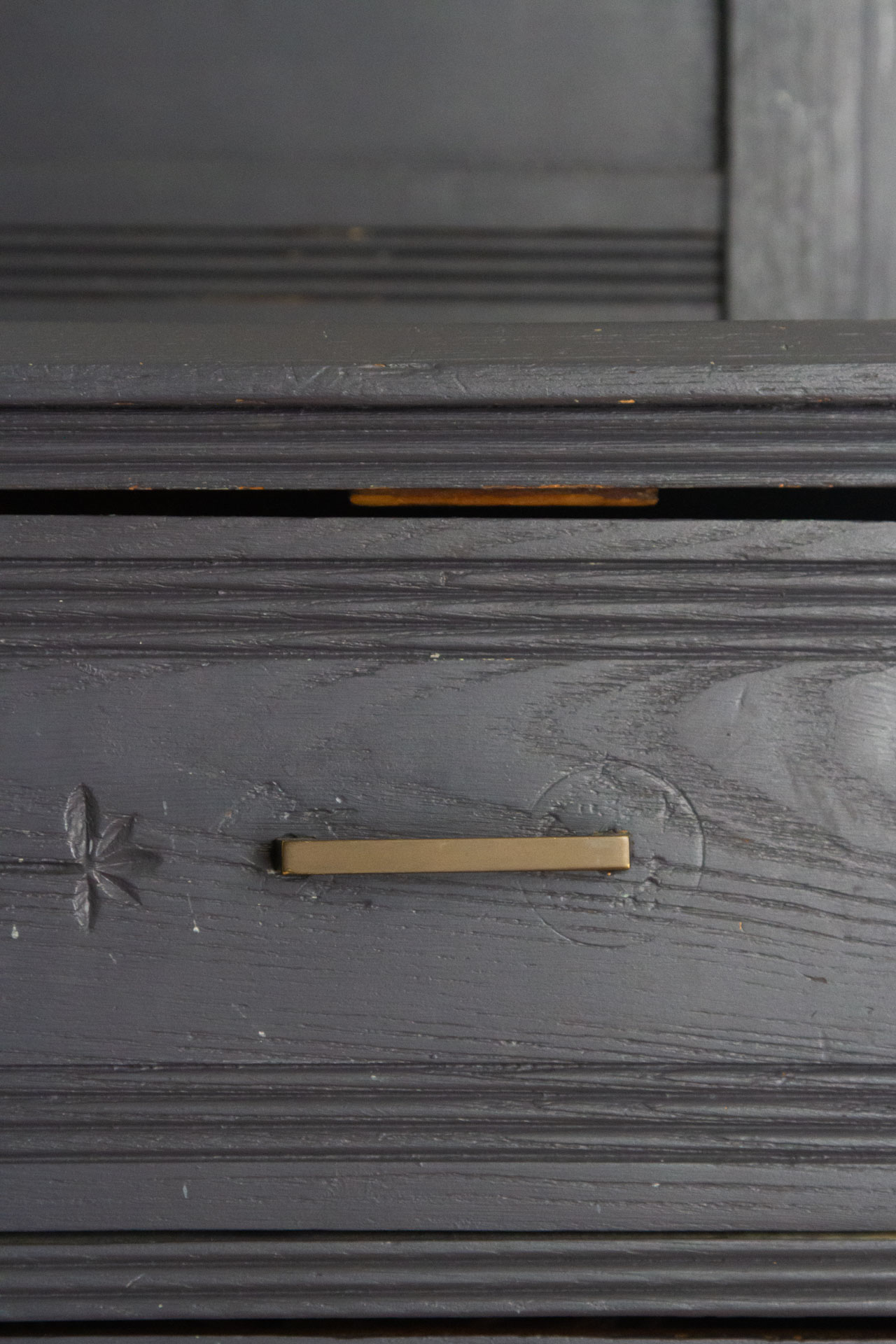
Scrap perfection.
Like humans, furniture that’s been around awhile tends to show signs of age. Paint dulls, finishes wear, hinges crack, children are sometimes incapable of using napkins and decide, inexplicably, to wipe their greasy hands down the sides of freshly painted dressers. Why?
I fix what I’m able to, but I also fully embrace the quirks.
//
What about you? Are you furniture hunters or gatherers?

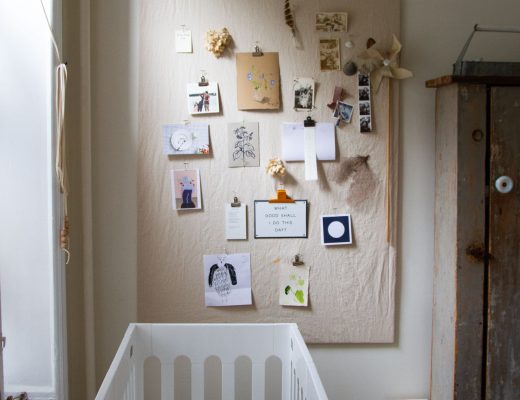
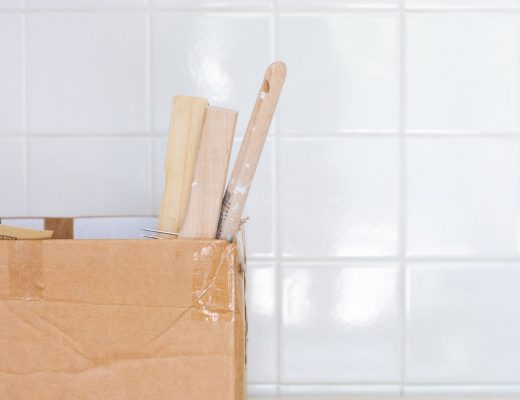
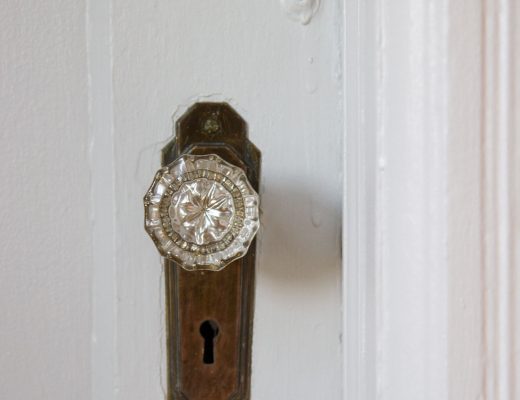
10 Comments
I’m on the other end of life — we have a big house FULL of used furniture and we really need to get rid of most of it.
The part I like about having other people’s cast offs is that I don’t expect my kids to love them or expect them to take them when we downsize. I have friends bemoaning how they have these expensive/antique/beloved items that their grown children want no part of.
Althought sometimes it backfires — we bought a dining room table for $300 (one of the only new items we had) FORTY YEARS AGO…. and it looks like it. There are scratches and stains on it. But when we look at new tables, none of them are any better than our old one.
We don’t think we can sand down the top any more — we’ve likely stripped off all the layer of wood on there. We’ll think of something, because, again, we don’t like any other tables better than this one.
I think you can glue a new platter of wood on it, as far as I know it is possible to order them to size in width of 1/2 inch 🙂
Your resourcefulness is an inspiration for this newbie.
I’d love to know what tools you’ve found most useful for your furniture projects.
(And, do you ever rent tools? If so, which?)
Also, do you have any favorite how-to sources?
Thank you!
My favorite tip for finding great furniture or other items for the home in NYC is to learn when neighborhood trash days are, then go for a stroll on those days! I’ve found so much wonderful stuff this way.
Almost all of my favorite pieces came from a yard sale or the local junk store. These finds an Aalto dinner table being sold by former neighbors, who were divorcing. It was a painful break-up, and I felt a little bad taking home a $1000 table for $15, but somebody had to do it. And, yeah, I’d much prefer something that’s a bit worn in than something spotless. I love your home and furniture posts, Erin. They are always inspiring!
I’m always casting one eyeball down the alley 🙂 I’ve found Thonet chairs, Heywood Wakefield pieces, even an Eames hutch once (it was moldy as hell, I gave it a proper eulogy and a nice pat but left it for a braver gleaner). In their slightly battered states they look right at home with our milk crates and many DIY textiles. If you haven’t seen Agnes Varda’s “The Gleaners” I think you’d get a real kick out of it!!
Furnishing more than collecting for a home is a pearl in a too often neglected oyster.
It’s nice to acquire beautiful pieces, however I see so much beauty in the art of wabi sabi-ing what you have, giving it character and uniqueness.
We recently found a range/oven curbed because the previous owners filled the bottom drawer with plastic grocery bags and they fused with the bottom of the oven. A day of working an angle grinder, and tons of elbow grease to get rid of the actual grease that filled the interior, brand new to us and upgrade for nothing but the time to fix it up. Then habitat for humanity re-store came and picked up our old range. Recently found a microwave needing a new fuse on the buy nothing group. Repair what you can, and also know what you can’t ❤️
Love this post. It summarizes how I’ve gone about furnishing our home as well. I have tried and experimented, kept some, given away a lot more. Rarely actually purchased anything. Different pieces have also served us less well as our kiddos get older so I’m always excited to pass furniture on to people who will also love it and find something “new” that best fits where we are now.
We’ve done a combo. I was just telling my spouse last night, I feel like I’m on a buying spree lately and I don’t really like the feeling that much. We’re fortunate to have a lot of antiques handed down from family. We have a similar number of second hand finds, either through friends or shops or FB marketplace. One antique splurge. As we’re in a financial position to buy more new these days, it becomes tempting to just buy a solution for every room (especially with a family member who gladly uses their employee discount at a nice home decor store to our benefit). Brand new sectional couch to replace our 10-years old second hand, well-word love seat? A million times worth it. Not terribly convinced, at the moment, that the brand-new prospects for narrow bedside tables/stands/whatever are looking better than searching second hand. Finally followed a friend’s tips and signed up for estate sale newsletters to keep an eye out.
Comments are moderated.